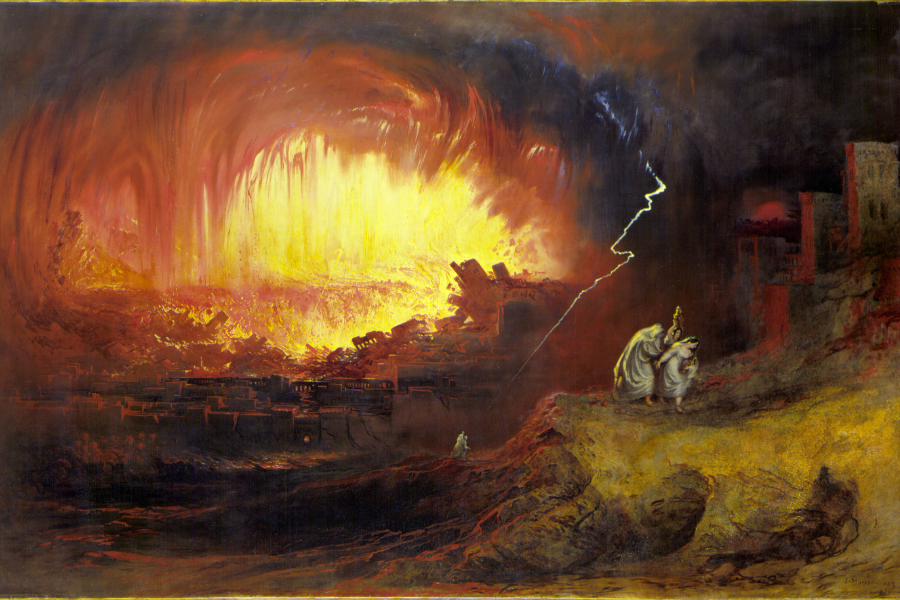Jeremy Deller: All That Is Solid Melts Into Air

Emma Palmer finds that a potent mix of Marxism, wrestling, revolution and acid house combine to make Manchester Art Gallery’s latest exhibition…
Exploring Britain’s rapid growth under the Industrial Revolution, Jeremy Deller’s new exhibition, All That Is Solid Melts Into Air (part of the Hayward Touring programme), links the age of industry with modern life, and serves as a stark warning that modern day Britain parallels and continues along the transformative path that began in the 1800s.
Fresh from representing Britain at this year’s Venice Biennale, Deller offers us his latest fascinating and expansive narrative of British history, exploring the impact on Britain as a result of the Industrial Revolution.
All That Is Solid… is not a one man show, nor is it a conclusive representation of social history; rather Deller meanders through the past, carefully selecting and presenting each piece next to a similarly apt work. An 1869 engraving of The Black Country, showing the land on fire, is positioned next to an LP cover by Judas Priest; ravers dance to the rhythmic movements of the looms; factory workers toil to acid house. The exhibition explores how far we have come, and how radical and rapid the changes to working life have been, whilst continually reminding us how similar life remains.
Mapped out on the gallery walls, Deller’s family trees offer us a fascinating insight into the personal histories of popular cultural icons (Noddy Holder, Shaun Ryder and Bryan Ferry), while at the same time confronting us with the realisation that this is a social history we all share. The majority of us will originate from similar working-class ancestry: where generation after generation followed family tradition. These trees are befitting illustrations of the seismic shift in the types of jobs the general populous undertake today. In presenting them alongside historical records charting people’s concerns with the industrial era, Deller points towards the complexities and issues brought on by the move from manufacturing to the service sector that underscores contemporary culture.
So Many Ways to Hurt You (The Life and Times of Adrian Street) tells the extraordinary story of Street, a coal miner come pro-wrestler who broke away from his roots in spectacular style. Street’s journey is emblematic of this societal shift, and the film treads a fine line between humour and compassion. At its core is the triumph of the underdog. We cannot help but be captivated by Street’s reflection on his childhood; how he loved his mother and grew his hair long; that his father’s return home from a Japanese prisoner of war camp was far from joyous; and how he finally escaped his father’s brutality at 16 to find fame and fortune as an androgynous, flamboyant wrestler.

Street’s life may be an extreme story of rags to riches, and he certainly worked hard for it, but his hunger and need for fame resonates with the expectations of today’s youth. No longer content with grafting for a living, they now expect fame and fortune at the touch of a button. The digital age, for all of its transformative abilities, has only cemented the loss of the human touch.
Any reading of the show will inevitably be influenced by the knowledge that it takes its name from a line in the 1848 Communist Manifesto by Marx and Engels. Upon knowing this, it’s hard not to see Marx’s ideas underpinning the show, with Deller reflecting on how man’s need to constantly expand and revolutionise invariably leaves destruction and a problematic system in its wake.
This destruction is laid bare in the artwork at the exhibition entrance: in particular, John Martin’s epic apocalyptic painting The Destruction of Sodom and Gomorrah (1852, main image). With its raging fiery pits, fleeing figures and crumbling foundations, you would be forgiven for thinking that this painting represented the end of days. Perhaps in many ways it does.
Painted in response to his fears about the country’s rapid growth during the Industrial Revolution, Martin conjures up dark and violent imagery that foreshadowed the gloomy days that lay ahead for labourers. In his manifesto, Marx prophesised that the constant churn and change which capitalist development required would, in the end, attack those who had created the process. These ideas remain more relevant today than ever.
The new digital revolution has already created a new wave of social incongruity. Deller, ever the social commentator ,makes apt juxtapositions between the revolutions. An old fashioned two-faced grandfather clock, that let factory worker’s know about the hours of work lost and for which they were accountable, is positioned next to a high-tech gadget that tracks the productivity of Amazon.com warehouse staff. Ben Roberts’ photograph of the website’s goliath Staffordshire-based warehouse, placed opposite Martin’s epic painting, brings to light the fact that the working conditions of today are not so far removed from those in the 1800s.
All That Is Solid Melts Into Air is not just an insightful exploration into the impact of the industrial era on British popular culture: it serves as a stark reminder of just how much it redefined daily life. Deller holds a mirror between now and then — 19th century industrial growth versus the new era of digital technology — as a tale of caution. Not all change is good.
Emma Palmer
Exhibition continues at Manchester Art Gallery until Sunday 19 January 2014, free entry
Galleries open Monday-Sunday 10am-5pm





